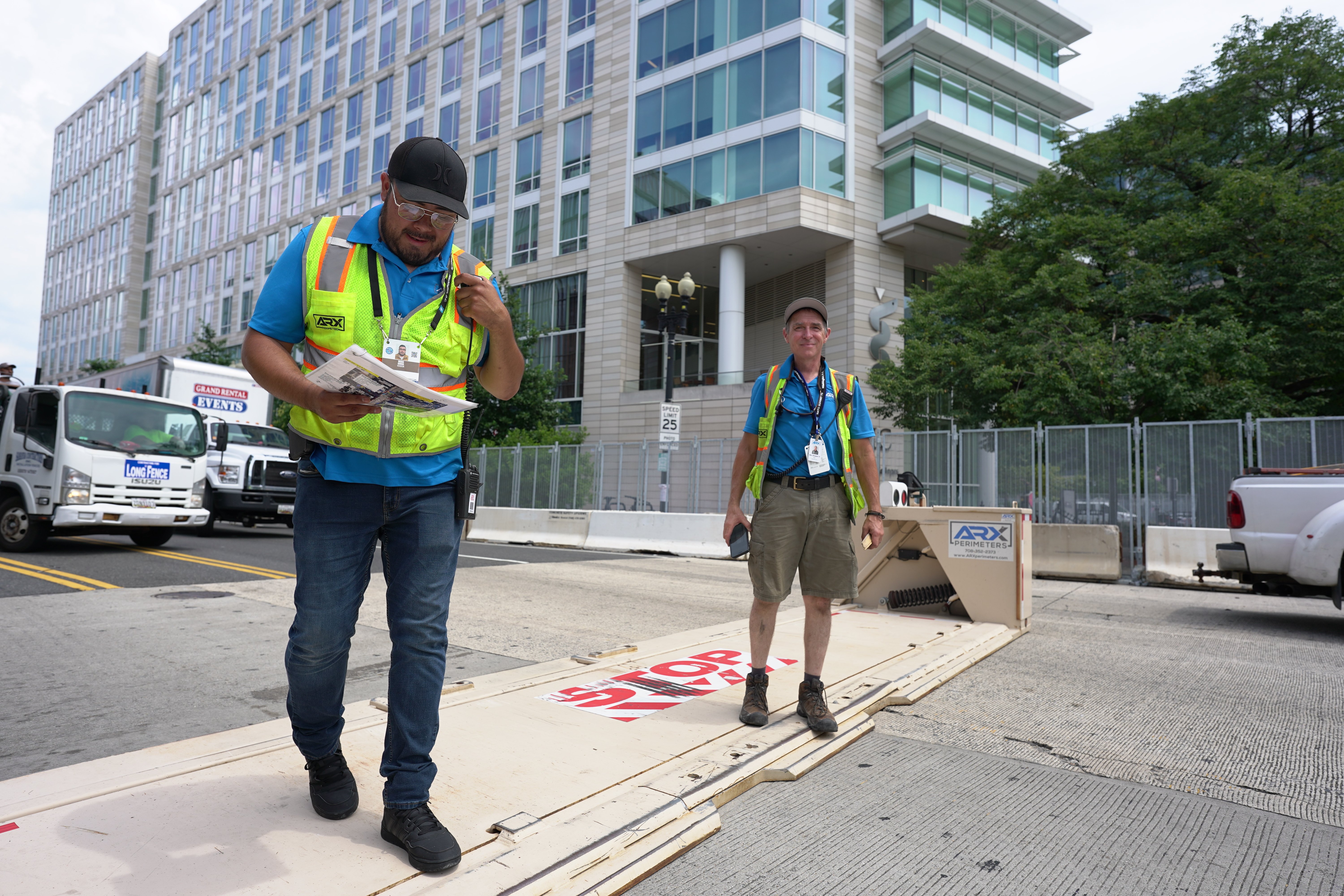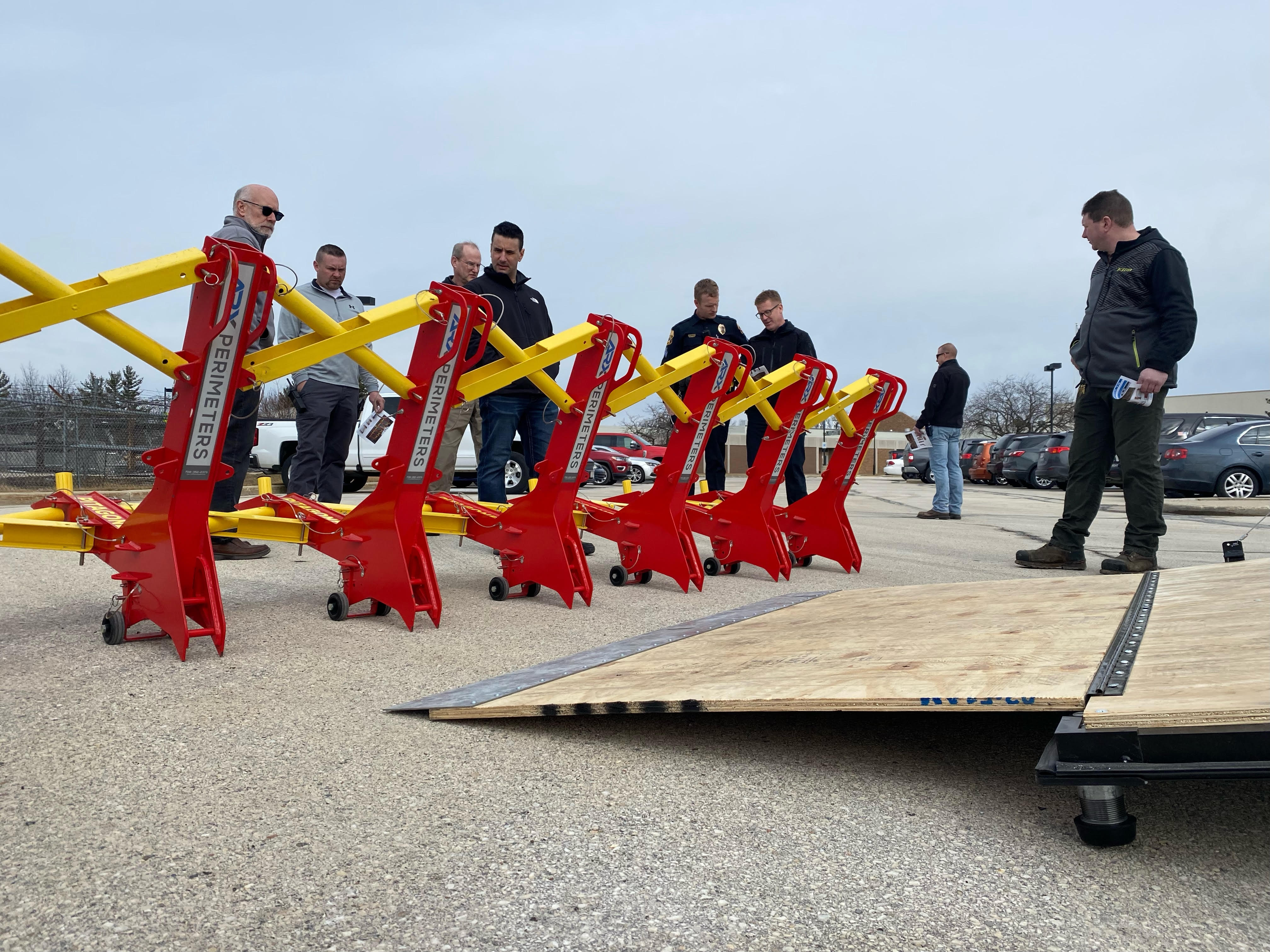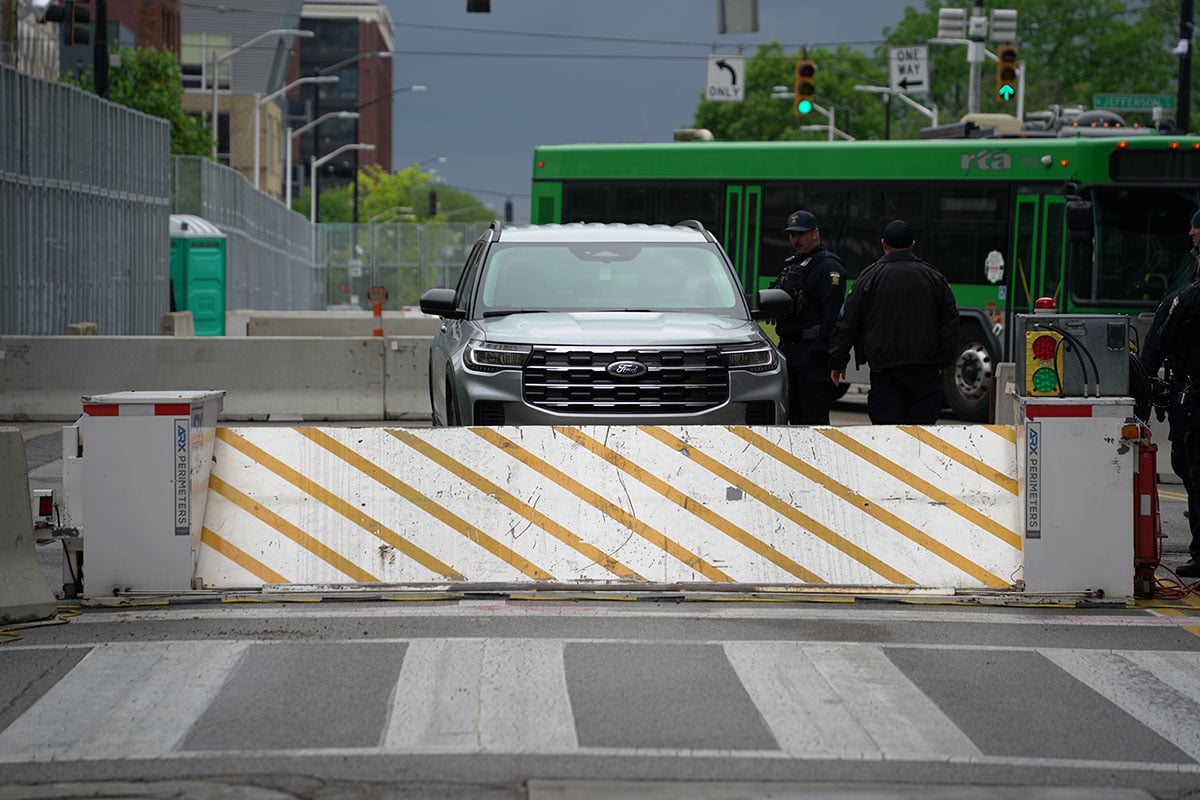Over the past few years in the United States, we have seen several incidents of vehicles crashing into perimeter barricades. Whether they are intentional or not, it seems there is a rise in barrier impacts. This brings the question, are authorities prepared to prevent vehicle attacks in public spaces?
The most recent being the crash into the White House barricade on Saturday May 4th, when a driver crashed their vehicle into an outer perimeter gate. Another recent incident was at the FBI Field Office in Atlanta GA.
In both situations, the barricades successfully did their job and prevented the vehicle from entering the facility or injuring personnel.
How Often Do Vehicle Attacks Happen In The US?
Since the early 1980’s, these attacks have grown in popularity amongst would-be attackers and terrorists as a means of inflicting destruction. These attacks have happened across the world, increasing numbers from the United States, France, and China.
Here are some of the attacks that have happened this year in the US:
- New Orleans Vehicle Attack: January 1, 2025 a 42 year old man drove a truck around police barricades onto Bourbon street killing 15 New Years revelers and injuring over 30 people.
- 2024 Rochester attack: January 1, 2024 an attacker drove into a vehicle outside a theater, killing him and two occupants of the other vehicle.
- 2024 Texas Department of Public Safety building truck attack: April 12, 2024 an attacker intentionally drove a semi-truck into a Texas Department of Public Safety office. The attack resulted in one person being killed and 13 other persons being injured.
- FBI Atlanta Field Office: April 1, 2024 an attacker rammed their vehicle into the vehicle barrier resulting in no injuries.
- White House Security Barrier crash: May 4, 2024 a person driving their vehicle crashed into a security barrier outside of the White House. It is unknown if the driver had intent to cause harm or damage.
Other Notable Vehicle Attacks In The US
- New York Times Square attack: May 18, 2017 a person drove their Honda Accord into pedestrians killing one and injuring 20 others before crashing into security bollards.
- United States Capitol Car attack: April 2, 2021 a person intentionally drove their vehicle into the barricades at the Capitol Building’s perimeter killing one officer and injuring another.
- Portland Oregon attack: January 25, 2021 a person injured 5 and killed one in a series of hit and runs.
- Waukesha Christmas Parade attack: November 21, 2021 a person drove an SUV through by-standers at the annual Christmas Parade injuring 62 and killing 6 people.
- Charlottesville Car attack: August 12, 2017 a person deliberately drove their vehicle into a crowd of protestors injuring 20 and killing one person.
How Do Barricades Deny Threats?
Vehicle barriers have been around for decades now, primarily implemented in military bases and check points, law enforcement operations, and public city works to stop vehicle threats. Most barricades are designed to stop a vehicle when hit straight on or at an angle.
These barriers can be light weight with rapid deployment capabilities or heavier surface mounted versions. Mobile Vehicle Barriers like the Pitagone F18 are lightweight and are deployed by one or two people. Products such as a mobile wedge barrier are much heavier and towed into position.
Both of these examples are designed to stop the vehicle, control authorized vehicle access and cause enough damage to the vehicle, preventing it from continuing into crowds.
How Can Authorities Prepare And Prevent Vehicle Attacks?
Controlling the actions or intentions of others is not possible, but securing the perimeter at your special event, facility, or other public spaces is critical to denying terrorists and would-be attackers from causing damage, injury or even death.
It is important to get started with a strategic approach in determining which tested and certified barrier system is most applicable to your events and road closure layout, while considering emergency vehicle access.
If you are looking to enhance your perimeter security strategy and find the right solutions for your organization, our team at ARX can help you achieve your objectives.
Related articles

From Perimeter Protection To Complete Site Security: How ARX Became The Leader
Carson Schenk | Aug 12, 2025 8:11:15 AM

What To Look For In A Hostile Vehicle Mitigation System | Vehicle Barriers
Chase Tobin | Feb 26, 2025 9:08:25 AM



